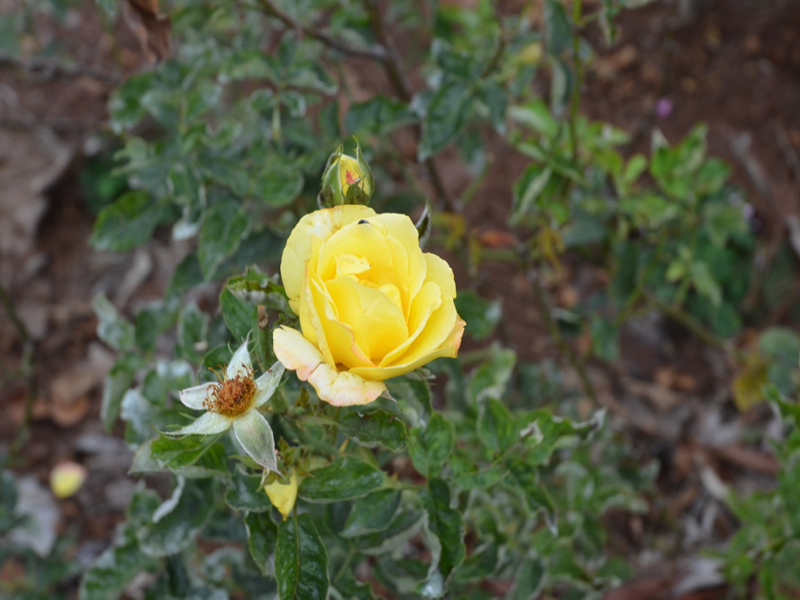
Woody > Rosa > Rosa 'Queen Sirikit'
Rosa
'Queen Sirikit'
Queen Sirikit Rose
Origin: A hybrid rose of 'Königin der Rosen' and 'Golden Giant Rose'. It was first introduced in 1968. The flower was named after Queen Sirikit of Thailand.
| Family |
| Rosaceae |
| Genus |
| Rosa |
| Cultivar |
| 'Queen Sirikit' |
| Category |
| Woody |
| Type |
| Shrub (deciduous) |
| USDA Hardiness Zone |
| 5 - 11 |
| Canadian Hardiness Zone |
| 6 - 9b |
| RHS Hardiness Zone |
| H7 - H1c |
| Temperature (°C) |
| -20 - 5 |
Photographs
Description and Growing Information
Flowering Period
| Landscape |
| Borders, hedges, flower beds, containers, and as a cut flower. |
| Cultivation |
| Grow in full sun with fertile, humus-rich, moist but well-drained soil. For best flowering apply a balanced fertiliser and mulch in late winter or early spring and a balanced fertiliser again in early summer. |
| Pests |
| Aphids, leafhoppers, spider mites, scale insects, caterpillars, mildew, dieback, canker, viruses, rust and rose slugs. |
| Habitat |
| Horticultural origin. |
| Leaf Description |
| Deep super-glossy green, margins serrate, odd pinnate, 4 leaflets in rows with one at the tip. Medium size, up to 10 cm diameter |
| Flower Description |
| A yellow colour that turns into a yellowish orange with tints of pink at the edges of the petals under strong sunlight. The plant blooms year round, with an average flower measuring 5 – 10 cm in diameter. |
| Texture Description |
| The scent of the flowers is described to be a 'gentle fragrance'. |
| Notable Specimens |
| Queen Sirikit Botanic Garden, Mae Rim District, Chiang Mai Province, Thailand. |
| Propagation |
| Softwood cuttings can be taken once the first bloom occurs in spring to summer, hardwood cuttings should be taken in autumn. |

